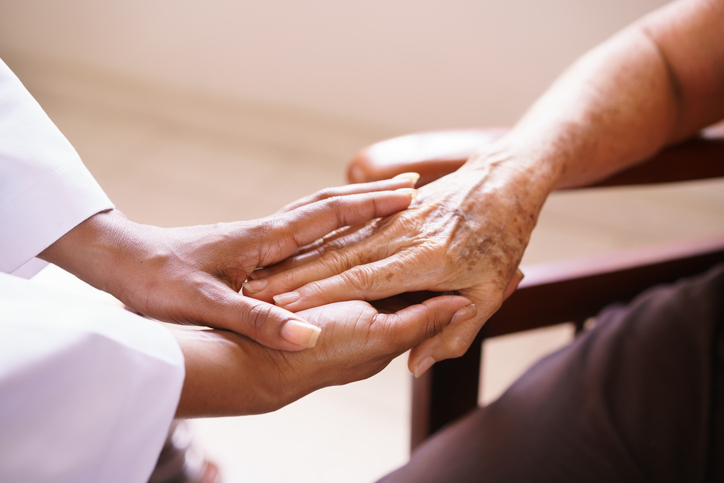 Over 54 million people, about 23 percent of all adults in the United States, suffer from arthritis, the Centers for Disease Control and Prevention (CDC) reports. As sufferers know far too well, having arthritis and other chronic conditions can reduce quality of life and make disease management harder.
Over 54 million people, about 23 percent of all adults in the United States, suffer from arthritis, the Centers for Disease Control and Prevention (CDC) reports. As sufferers know far too well, having arthritis and other chronic conditions can reduce quality of life and make disease management harder.
According to research, the risks for arthritis is not equal among men and women. With the exception of gout, women have a significantly higher risk for nearly all types of arthritis and in particular osteoarthritis of the knees.
Unfortunately, because the term “arthritis” refers to more than 100 diseases and conditions affecting the joints, honing in on the underlying cause of common symptoms like aches and pains can be taxing.
Could you have arthritis and not know? To help you return to your regularly scheduled lifestyle, here are 7 signs of arthritis every woman needs to know.
1. Catching
Also known as grinding, if joints like your knees of wrists feel like their tendons are tangled or “catching” on another, this is an early symptom of arthritis, Kevin Shea, MD, an orthopedic surgeon at St. Luke’s Health System in Boise recently told Prevention.
2. Fatigue
With rheumatoid arthritis (RA), the immune system attacks the joints, in turn, leaving your body feeling fatigued. A loss of appetite, which can also induce fatigue, can also be an underlying symptom of arthritis.
3. Chronic Inflammation
“Flare-ups” or a periodic increase in inflammation is a common symptom of rheumatoid arthritis, the Arthritis Foundation says. Here is how inflammation can look in different areas of the body with RA:
- Eyes. Dryness, pain, redness, sensitivity to light and impaired vision
- Mouth. Dryness and gum irritation or infection
- Skin. Rheumatoid nodules – small lumps under the skin over bony areas
- Lungs. Inflammation and scarring that can lead to shortness of breath
- Blood Vessels. Inflammation of blood vessels that can lead to damage in the nerves, skin and other organs
- Blood. Anemia, a lower than normal number of red blood cells
4. Poor Range of Motion
Less mobile than years before? Can’t seem to reach for the top shelf without difficulty? These range-of-motion issues—when accompanied with pain—often point to arthritis, experts say.
5. Redness and Rash
Though rare, in some cases, redness and rash may present itself, pointing to a condition called “psoriatic arthritis.” Red, flaky, and scaly in appearance, this inflammatory condition is incurable (but treatable) and may cause flares of joint pain, stiffness, and swelling – especially in the morning hours. Even mild skin psoriasis can have a significant degree of arthritis, the National Institutes of Health (NIH) says.
Fortunately for sufferers, treatments like prescribed medications can reduce inflammation. Steroid injections and joint replacement surgery are also common remedies.
6. Stiffness
For many, arthritis begins with the inability to fully extend or bend a joint. Your joints may feel stiff, tight or full due to inflammation. Fortunately, experts suggest starting your day with a simple stretch session will reduce this symptom.
7. Swelling
When comparing your joints, if one appears larger or puffier than the other – assuming it’s not due to a previous injury – that swelling may be indicating an underlying issue with arthritis.









